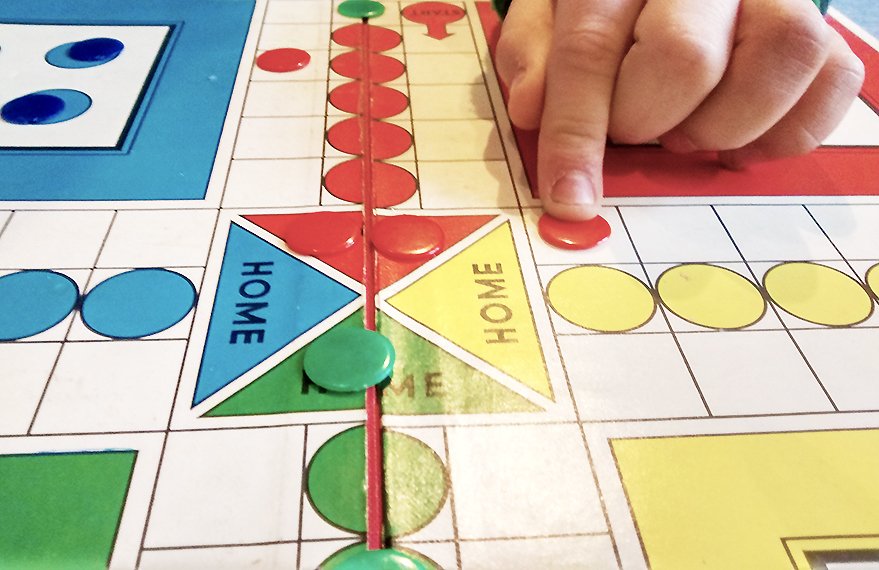Gamification has been a very useful tool for businesses to grow interest and engagement of website users. By offering “badges”, prizes and incentives for people to become more engaged and involved and making involvement somewhat like a game, many businesses have generated great success. TripAdvisor is a fine example of such an organisation. However, in recent years there has also been a growing awareness that gamification may also be helpful in the sphere of education. After all, gamification inspires motivation and engagement for customers, so why can it not do that for students as well? The answer is that yes it can of course, but only if applied effectively. Recently Joey J. Lee and Jessica Hammer (2011) of the Teachers College Columbia University in New York have explored some of the issues associated with this topic.
What Is Gamification ?
One of the questions asked first of all, is what does gamification of education actually mean? It is argued that in many ways education is already absorbed with gamification, after all, students get scored and they get grades, which can be equated to getting badges and points. Yet at the same time, this process has been found to be not mightily inspiring for many students. It is argued as a result that it is necessary to find the specifics of gamification that could actually help by providing greater inspiration for education. Some of the options include giving students points for extra reading, or for great attendance and engagement levels. This is thought to be more motivational for students.
Besides gaining an understanding of the specific aspects of gamification that are likely to inspire and engage students it is important to also comprehend how these can be integrated into learning. One example provided is “cognitive”. With this approach learners are able to discover what works and what does not through experimentation and trial and error. This is likened to the approach that is taken in games like Angry Birds. First the player has to figure out how they can get through a level and develop strategies to succeed, and this may involve several attempts before determining what will work. Then they need to put their strategies into practice. With education the tasks may sometimes be more difficult and so inspiring engagement in such circumstances may be hard. Game options need to make sure that there are opportunities for different routes to success for students, where possible.
Another technique of gamification that can be implemented is argued to be “emotional”. This is because games have the ability to impact on a variety of different emotions which range from negativity and frustration through to optimism and joy. It may be argued that failure is one of the most important elements, and gamification certainly brings that to the table. With games people expect to fail repeatedly before they succeed, but each time they learn lessons that may help them to succeed the subsequent time that they play the game. This is helpful for students as it introduces the important concept that sometimes you may have to fail repeatedly to succeed. It is argued that low stakes are necessary to maintain engagement and build resilience in students. Gamification should not make the learning overwhelming.
A third aspect of gamification that can be embraced with education is “social”. With this students are enabled to role play different identities and see situations from a range of different perspectives. Students can in this way learn more about who they really are and develop and enhance new sides of their personality through play. This is helpful in an overall development of socialisation in students.
Gamification as an educational tool, has been researched by Professor Kevin Werbach, a renowned Wharton Professor that started the first-ever business school gamification course at Coursera. In the following video Werbach gives us interesting information on gamification and education and reviews what he learned from his experience of running his Coursera course on gamification:
Gamification applied to Business Education, can be an excellent resource. It can be motivational but it can also take a lot of time for teachers to set up for students. Even though some gamification projects will achieve great success, others will fall flat and fail to offer real value to students or teachers. This means it is important for educators to carry out more research into this area to determine which aspects of gamification and applied in which ways will work best to inspire and engage their students. Gamification must be backed up with hard research and evidence to ensure that its inclusion in education is valuable for students and teachers.

Paula Newton is a business writer, editor and management consultant with extensive experience writing and consulting for both start-ups and long established companies. She has ten years management and leadership experience gained at BSkyB in London and Viva Travel Guides in Quito, Ecuador, giving her a depth of insight into innovation in international business. With an MBA from the University of Hull and many years of experience running her own business consultancy, Paula’s background allows her to connect with a diverse range of clients, including cutting edge technology and web-based start-ups but also multinationals in need of assistance. Paula has played a defining role in shaping organizational strategy for a wide range of different organizations, including for-profit, NGOs and charities. Paula has also served on the Board of Directors for the South American Explorers Club in Quito, Ecuador.










